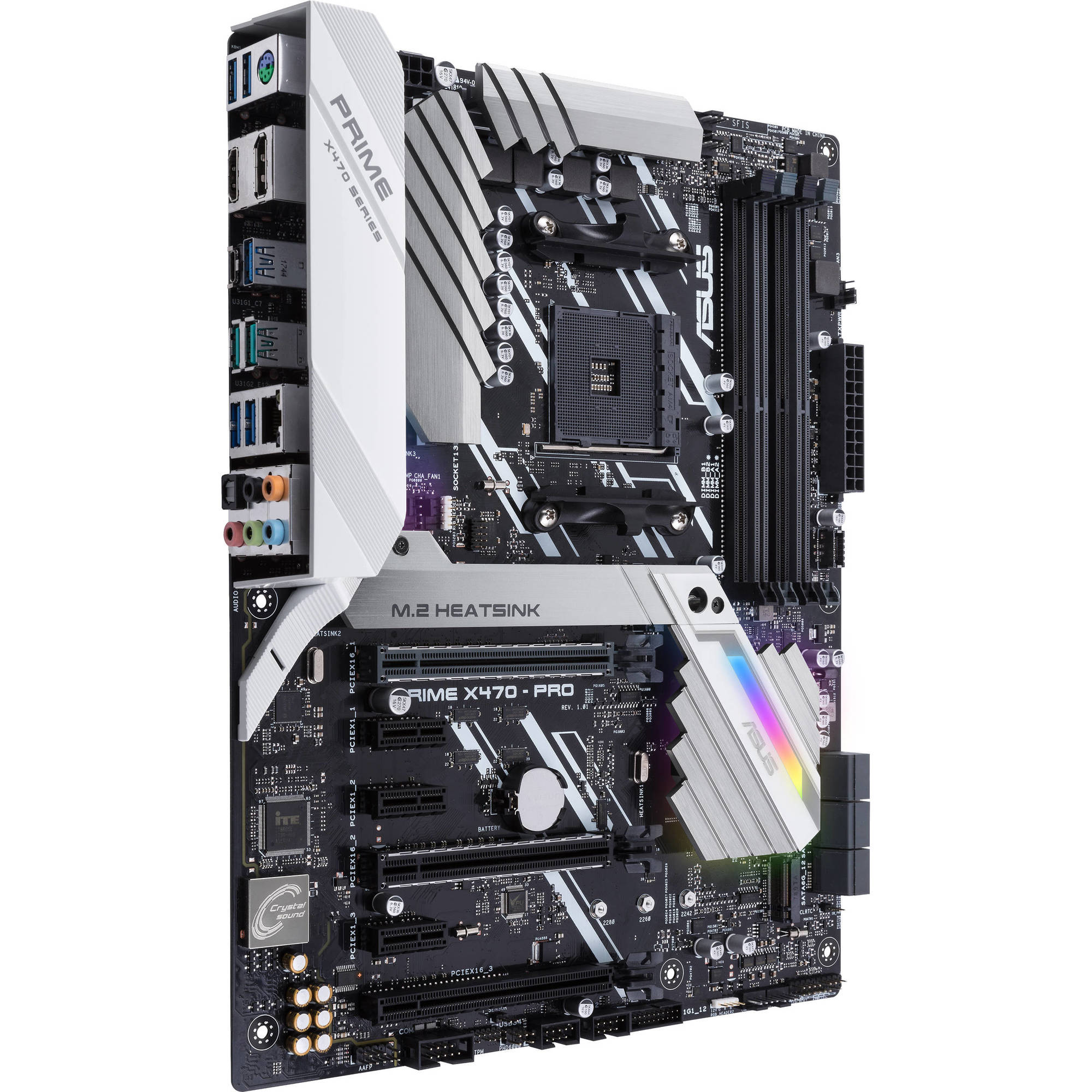N4CR
Supreme [H]ardness
- Joined
- Oct 17, 2011
- Messages
- 4,947
AMD in the last decade+ have almost exclusively had one main design for both server and desktop cpus. E.g. the only difference in the opteron of old vs the athlon was the opterons were cherry picked/wafer centres, hence why I could get 50%+ OCs on mine.. Durons were just cut Athlons (sometimes you could even enable the cut cache lol).I thought chiplets were a Epyc (and possibly Threadripper) only thing. At least in this generation?
At least that's the impression I got from the combination of the New Horizons info and the other stuff that has leaked thus far.
So I would expect them to use a different IO chip (maybe they won't if cheap enough?) but at minimum the same chiplets, this way they get maximum yields where it counts. IO chip is on cheaper 14nm process as analogue circuits don't scale so well, it's unnecessary to go 7nm there.
And I fully agree with DigitalGriffin on why they wouldn't do a desktop-only redesign just to put IO back in.
![[H]ard|Forum](/styles/hardforum/xenforo/logo_dark.png)
